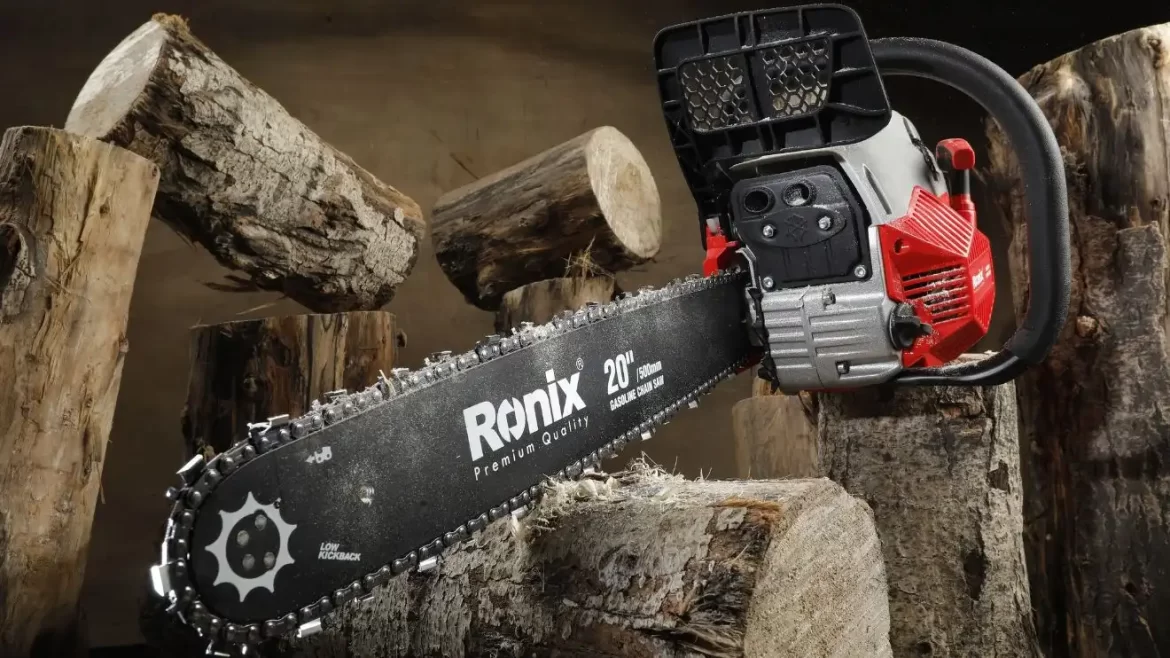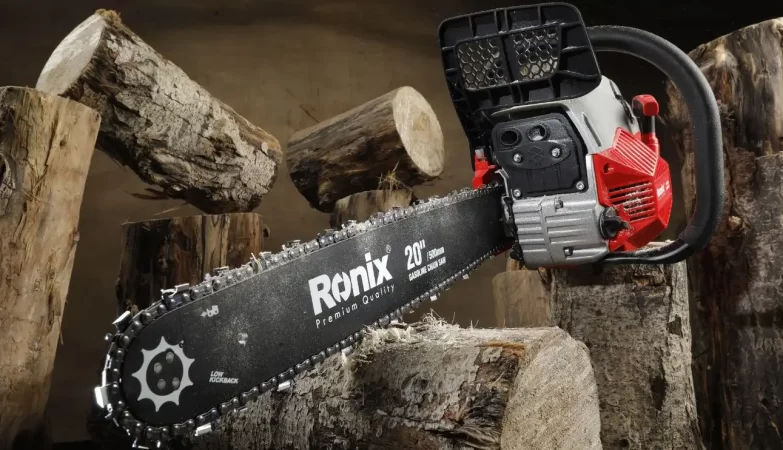When it comes to maintaining a chainsaw, selecting the best chainsaw chains is crucial for efficiency, safety, and overall performance. Whether you’re a professional logger or a DIY enthusiast, the right chain can make all the difference in the quality of your work and the longevity of your equipment. In this comprehensive guide, we’ll explore the factors to consider when choosing the best chainsaw chains, the types available, and how to maintain them for optimal use. Let’s delve into what makes a chainsaw chain the best for your specific needs.
1. Understanding Chainsaw Chains and Their Importance
A chainsaw chain might seem like a simple component, but it’s a complex piece of engineering designed to perform in high-stress environments. The best chainsaw chains are those that not only fit your saw but also match the type of cutting you’ll be doing. From softwood and hardwood to frozen wood and dirty conditions, the right chain will ensure smooth, efficient cuts and reduce the strain on your saw’s motor.
2. Types of Chainsaw Chains: Which is the Best for You?
a. Full Chisel Chains
Full chisel chains are known for their sharp, square-cornered teeth, which make them incredibly effective at cutting through hardwood quickly. They are the best chainsaw chains for professionals who need fast, aggressive cutting power. However, they require more maintenance and are more prone to kickback, making them less ideal for beginners.
b. Semi-Chisel Chains
Semi-chisel chains have rounded corners and are more forgiving in harsh conditions such as cutting through dirty or frozen wood. They don’t cut as quickly as full chisel chains but offer better control and durability. For many, these are the best chainsaw chains for all-around use, balancing speed and longevity.
c. Low-Profile Chains
Low-profile chains are often found on smaller, consumer-grade chainsaws. They have smaller teeth and are designed to reduce the risk of kickback. While they might not be the best chainsaw chains for heavy-duty work, they are excellent for casual use, making them popular among homeowners.
3. Gauge and Pitch: Why They Matter
When choosing the best chainsaw chains, two specifications are crucial: gauge and pitch.
- Gauge refers to the thickness of the drive links, which fit into the guide bar. The wrong gauge can cause your chain to either not fit or, worse, fly off the bar during use.
- Pitch is the distance between the drive links. The correct pitch ensures that the chain fits the sprocket and bar properly, allowing for smooth operation.
Matching these specifications with your chainsaw model is essential for performance and safety.
4. Durability and Maintenance: Key Considerations
Even the best chainsaw chains will require regular maintenance to remain effective. Keeping your chain sharp is vital; a dull chain not only reduces cutting efficiency but also increases the risk of injury due to the extra force required. Here are a few tips for maintaining the best chainsaw chains:
- Regular Sharpening: Use a chainsaw file to maintain the sharpness of the teeth. If you notice sawdust instead of wood chips, it’s time to sharpen the chain.
- Proper Tensioning: A loose chain can derail, while an overly tight chain can wear down quickly. Follow your chainsaw’s manual to find the correct tension.
- Lubrication: Chains need to be well-lubricated to prevent overheating and reduce wear. Make sure your chainsaw’s oil reservoir is always filled with the appropriate lubricant.
5. Best Chainsaw Chains for Specific Needs
a. Best Chainsaw Chains for Hardwood
When cutting hardwood, you need a chain that can handle the density and resistance. Full chisel chains are typically the best chainsaw chains for this task due to their aggressive cutting ability.
b. Best Chainsaw Chains for Softwood
Semi-chisel chains are ideal for softwood. They provide a cleaner cut and are less likely to dull quickly when cutting through resinous wood.
c. Best Chainsaw Chains for Dirty Conditions
Cutting through dirty or muddy wood can quickly dull a chain. Low-profile chains with a thicker gauge are the best chainsaw chains for these conditions because they are more durable and easier to maintain.
6. Safety Tips for Using Chainsaw Chains
Safety should always be your top priority when using chainsaws. Even the best chainsaw chains can be dangerous if not handled properly. Here are some essential safety tips:
- Always wear protective gear: This includes gloves, goggles, ear protection, and chainsaw chaps.
- Check the chain tension before use: A loose chain can lead to accidents.
- Use a chainsaw with a chain brake: This feature stops the chain almost instantly in case of kickback.
7. Top Brands for the Best Chainsaw Chains
a. Oregon
Oregon is one of the most well-known brands in the chainsaw chain industry. They offer a wide range of products suitable for different needs, making them a go-to choice for many professionals.
b. Stihl
Stihl chainsaw chains are highly regarded for their durability and performance. They offer a variety of chains that are engineered for specific types of wood and conditions, making them one of the best chainsaw chains available.
c. Husqvarna
Husqvarna is another top brand that offers high-quality chainsaw chains. Known for their durability and precision, Husqvarna chains are an excellent choice for both professionals and homeowners.
8. How to Choose the Best Chainsaw Chains for Your Saw
When selecting the best chainsaw chains, it’s crucial to consider your chainsaw model, the type of wood you’ll be cutting, and your own level of experience. A well-chosen chain will improve your chainsaw’s performance, make cutting easier, and extend the life of your equipment.
9. Buying Guide: What to Look For
When purchasing the best chainsaw chains, keep the following factors in mind:
- Compatibility: Ensure the chain matches your chainsaw’s specifications.
- Material: Look for chains made of high-quality steel for durability.
- Design: Consider the type of cutting you’ll be doing and choose between full chisel, semi-chisel, or low-profile chains accordingly.
10. Conclusion: Finding the Best Chainsaw Chains for Your Needs
Selecting the best chainsaw chains can significantly impact your cutting efficiency and safety. By understanding the different types available and considering factors like gauge, pitch, and maintenance, you can choose the right chain for your chainsaw and the job at hand. Whether you’re a professional or a homeowner, investing in the best chainsaw chains will ensure smooth operation and extend the life of your tool.
Remember, the best chainsaw chains are those that fit your needs, are compatible with your equipment, and are maintained properly. With this guide, you’re now equipped to make an informed choice and get the best performance out of your chainsaw.








